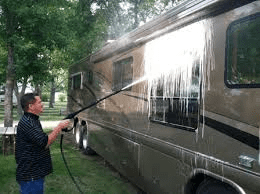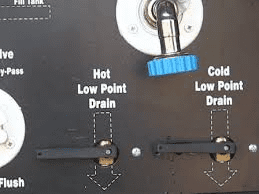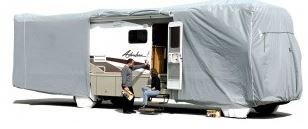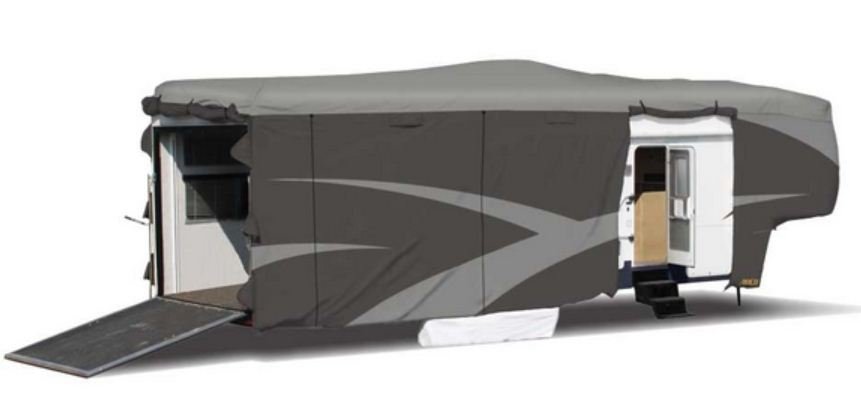Preparing Your RV for Spring
Clint
Once Spring comes around, many RVers will be tempted to load up their RV and travel for the weekend. If your RV has been sitting all Winter, there are a few things you should do first though. When preparing your RV for Spring, look over it and make sure that everything checks out, as the combination of cold weather, rain, sleet, and snow can cause damage.
Also, if you had to winterize your RV, you should de-winterize it at this time. It is best to do this at least a couple of weeks before you plan to make a trip. This is so if any unforeseen problems arise or if you are in need of repairs, you will have plenty of time.

The first thing you should do is wash your RV. This will kill two birds with one stone so to speak, because while getting it clean, you will be up close and personal with the exterior and will be able to see if there is any exterior damage. Be sure to check all the seals around the windows and vents because those tend to wear out quicker in the cold. Also check your tires to make sure that they are properly inflated, and that there are no cracks and they have good tread on them. If they don’t check out, then you might need to think about getting new ones. It is probably a good idea to take it to your closest RV dealership to have it serviced as well.

If you winterized your RV, you will now want to de-winterize it. This involves flushing and sanitizing your water lines. First, drain all the antifreeze out of your water system. Once it has all drained out, you will need to clean the water lines. About 1/4 cup of bleach for every 15 gallons of water in the tank should do the trick. Put your bleach in the tank and then fill with water up to the full mark. Then pump the bleach water through your water lines and let it sit for 5-6 hours to sanitize. Afterwards, drain your tank and open the low point valves to drain the water lines. Now you will want to flush the water system a few times to get rid of the bleach taste and smell. Just fill the tank up with water and run it through your water lines. One trick is to add about half a cup of baking soda to your tank, which can make the process go a little faster. It usually takes around three flushes to get rid of all the bleach, but may take more or less. Test the water after each flush to see if it has improved.

After you have washed your RV, looked for and repaired any potential damage, and de-winterized your RV, you are ready to get back on the road. Using an RV cover in the winter can help to minimize damage by creating a barrier between your RV and the bad weather. A good cover should be water repellant yet breathable. In the case of a fully waterproof cover, water can get under the RV and then evaporate and become trapped in the cover. This water can cause mildew and can freeze, making the cover ineffective. A water repellant cover will repel most water, but can still allow water inside the cover to escape. You can check out our great selection of covers here: //www.rvcoversdirect.com/ or call us at 1-800-925-8602. An RV cover in the winter is a great way to get you back on the road quicker in the spring.

